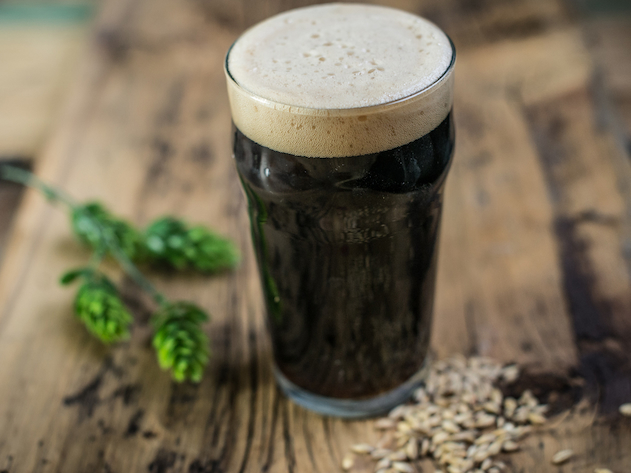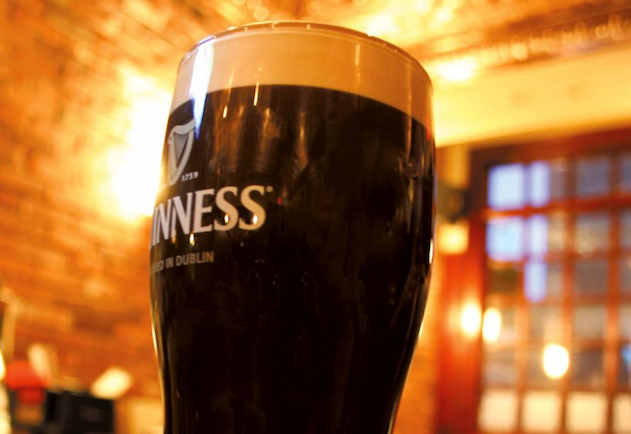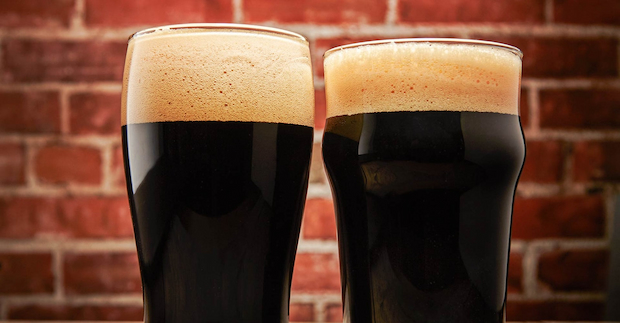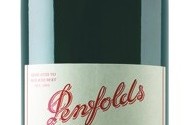Stouts: Are They the Ideal Beer Type for You?
Stout bears are arguably one of the less popular types of beer around the world. They give off a sinister, mysterious, dark look that’s not well understood by the average beer enjoyed.
You’ve probably been to the local pub and seen someone drink it, but you stuck to your favourite lager or pale ale anyway as you didn’t feel adventurous enough to experiment on that particular day. However, what if stout beer is your favourite type of beer, without you even knowing it? Here’s everything you need to know about these dark beers.
The History of This Dark Beer

The history of beer dates back over 5000 years. However, the first documented mention of this type of dark beer isn’t until 1677, in a manuscript currently housed in, you guessed it, The British Museum. At the time, the term referred to a strong beer.
But that’s not necessarily the case now. Today, these kinds of beers aren’t always stronger than other beers.
Dark beers, such as porters, became popular by the turn of the 18th century. Stronger porter beers featured seven to eight per cent of alcohol and were referred to as stout porters. Stouts, however, didn’t come to their own until much later. The most famous of all, Guinness, was initially known as Extra Superior Porter.
So What Makes a Stout, Stout? How Is It Different From a Porter?

Even though porter and stout beers have a somewhat intertwined history, they’re different styles. Both types are associated with being stronger and heavier, but that doesn’t always hold up. If you buy stouts, such as Guinness, you’ll see that they have an ABV of only 4.2%. What sets them apart from others are the smooth, malty, drinkability and lower hop bitterness.
Nonetheless, craft beer enthusiasts still can’t draw a clear line between this type of beer and porters. After all, their brewing processes are quite similar. A stout is defined as a very dark, creamy, bitter ale, whereas porters are defined as a substantial, malty dark ale with a flavourful and complex character.
At the end of the day, the distinction doesn’t matter much unless you’re starting your brewery. If you want to enjoy this type of beer, know that it is a richer brew with flavour profiles of cocoa, spices and espresso. Think of them as drinking your favourite aged bourbon or a rich cup of coffee.
Types of Stouts Explained

Like every other craft beer, you can buy many different styles. However, most are categorised as America, Imperial (or Russian Imperial), Milk Stout or Smoked Porter.
American
American stouts have an ABV of about 5-7%. Some of the more commercial examples include Saranac Vanilla Stout, Harpoon Chocolate Stout and Dogfish Head Chicory Stout. All American stouts are built on roasted barley, however, flavours, alcohol content and hop intensity can vary. Sometimes, these American beers are barrel-aged for even more complexity, and they can incorporate anything from chocolate to coffee, vanilla, fruit and chillies.
Russian Imperial
Believe it or not, these were first brewed in England for the Russian imperial Court. Today, Imperial Stouts are those with a higher-than-average ABV (8-12%) and are full of larger-than-life flavours. These are arguably the biggest and brawniest. They’re generally sippin’ stouts, made to share and savour. They are meant to be enjoyed slowly, as they’re stronger than your average beer.
Don’t be afraid of them, though, as brewers pack some great flavours in them. These beers are characterised by complex chocolatey, fruity flavours from the malt, with different levels of bitterness from hops and a rich mouthfeel. T Some common examples include Samuel Smith Imperial Stout Old Rasputin Imperial Stout, Rogue Imperial Stout and Founders Imperial Stout.
Milk
Also known as sweet stouts, these beers aren’t as bitter as any other style. They get their taste from the delicious unfermented sugars, milk-derived sugars or added lactose. The sweetness of lactose provides a creaminess and a velvety texture.
As a result, you can get roasted, chocolaty notes of classic dry stouts, but their sweetness almost makes for a dessert-like beverage. While they aren’t as sweet as a milkshake, they can be compared to a delicious cafe drink, with added alcohol in it.
Milk stouts can feature anywhere from 4-6% ABV. The most popular examples include Left Hand Milk Stout, Revolution Brewing Mad Cow Milk Stout and 3 Floyd Moloko.
Smoked Porters
Lastly, Smoked Porters, while technically Porter, are considered stouts. These beers feature mild hints of smoke, making them ideal for drinking on cold winter evenings. Moreover, they’re the go-to beer for many when braising pork or beer and add meatiness when cooking mushrooms or chicken. Examples of Smoked Porters include Stone Smoked Porter with Vanilla Bean, Deschutes Imperial Smoked Porter and Alaskan Smoked Porter.



